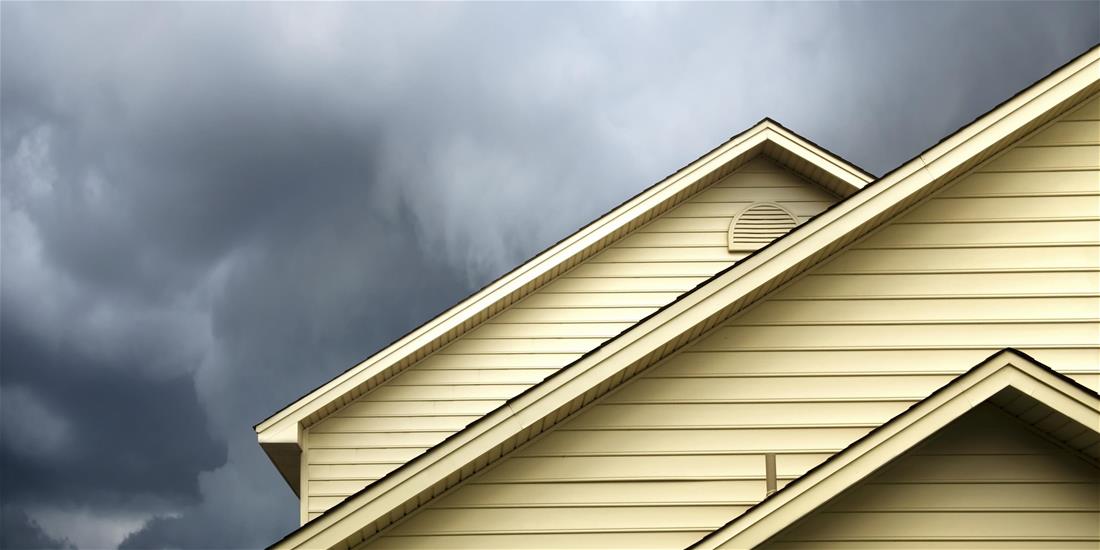
Q: My roof is leaking badly and repairs haven’t worked. Can I have my roof replaced during winter?
A: Yes! Roofing contractors need to work in the winter months just like anyone else, and some roofers prefer the cooler conditions compared to summer, when it can get very hot up there. Waiting until spring to deal with that leak will just make the problem worse, putting your home in danger of developing more water damage, possible rot, and even mold. Scheduling a roof replacement now will not only lower the risk of damages, but will also keep you and your family dry and warm all season long.
Why Replace Your Roof Now?
Replacing a roof in winter means you will get the best prices, as well as your choice of the best roofing contractors. Work can be limited during the winter season and since contractors must compete for work, they may lower prices to get the job. You can also beat the material price increase that happens every spring. And because business is slower in the winter, the roofing contractor you choose might be able to install your new roof in a matter of days or weeks, as opposed to months. For many homeowners, this quick timing is reason enough to have a job done in the winter.
Does the Weather Affect Installation?
Northwest winters are typically very mild compared to other parts of the country, so the temperature rarely affects the proper installation of most roofing products. And a qualified contractor will not recommend a product that shouldn’t be installed if it is too cold out. Homeowners and roofing contractors’ main concern while re-roofing in the winter months is how to tear off a roof and keep the rain from getting in. Experienced contractors will tear off only a section or sections of the roof that can be properly dried-in right away, eliminating any risk of water damage. Even though it does rain a lot here, there are plenty of dry gaps in the weather that allow for a qualified contractor to make progress with minimal risk. With access to weather apps and radar on mobile devices, contractors on site know exactly how much time they have before the next round of precipitation sets in.
Material Recommendations
Many roofing materials can be installed safely during winter. The most common types are asphalt shingles and cedar shake, along with many styles of metal roofing. Metal roofs aren’t vulnerable to damage from the cold, which means that the installation process isn’t affected in winter. Asphalt shingles can be installed during winter as well, although roofers must take certain precautions to prevent shingles from breaking or not adhering properly. Synthetic felt underlayment installed under the roofing material acts as a weather barrier and does not buckle like asphalt-saturated felt when exposed to precipitation.
For low slope or flat roofs, polyvinyl chloride (PVC) and thermoplastic olefin (TPO) flat roof systems can also be installed safely during winter. Flat roofs are more difficult to dry-in, however, so work should be scheduled only when there isn’t any chance of precipitation.
Don’t Wait—Get Your New Roof Now!
Don’t let winter weather stop you from re-roofing your home. To determine if a winter re-roof is necessary, contact a professional roofer in your area. Factors that warrant immediate re-roofing are extreme leaking, excessive shingle blow off, a compromised roof structure, or repair attempts that have failed, to name a few.
Scott Morrison of Tekline Roofing, a member of the Master Builders Association of King and Snohomish Counties (MBAKS). If you have a home improvement, remodeling, or residential homebuilding question you’d like answered by one of MBAKS’ nearly 3,000 members, write to homework@mbaks.com.